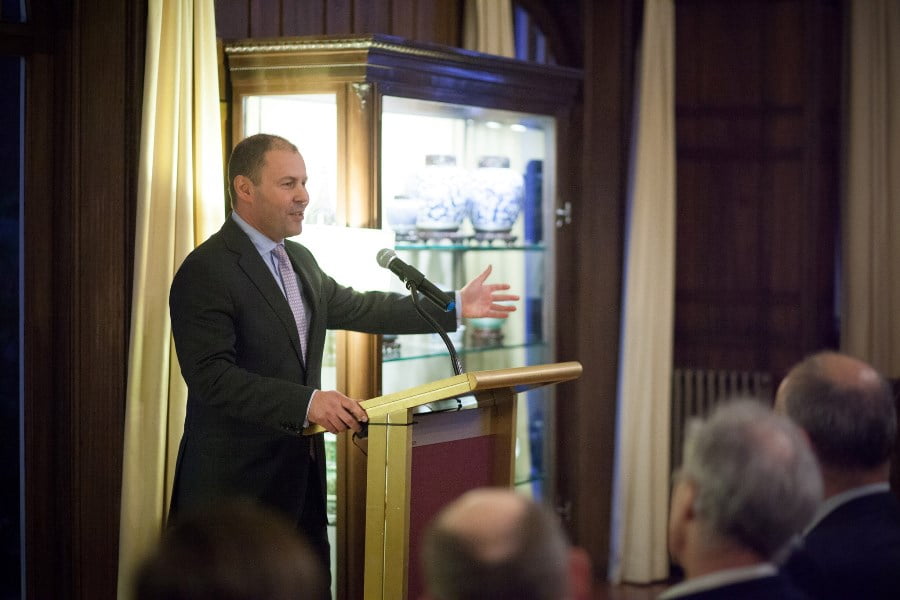Josh Frydenberg’s first budget delivers a nominal return to surplus next financial year. But to get there, the Treasurer has killed off any residual attachment this government had to the Turnbull-era National Innovation and Science Agenda.
The proximity of the 2019 budget to the looming federal election was always going to make this an unusual document. The central theme of the Treasurer’s budget speech was entirely tactical; It was all about the surplus and the no new taxes.
The vast technology uber-trends that are increasingly shaping the global economy did not feature in any kind of sweeping budget narrative that addressed Australia’s own efforts at an economy in transition. Those working in the tech industry in Australia have long ago dropped this expectation.

But even so, it is remarkable how far this government has shifted away from the so-called Ideas Boom, an agenda once considered so important – and urgent – that the policy came with a $27 million advertising budget attached.
With nearly $50 million now cut from the Entrepreneur’s Programme and the Industry Growth Centres initiative – both key policy planks under the National Innovation and Science Agenda (NISA) – the Treasurer has cast the Ideas Boom adrift.
The other central pillar of startup sector support – the R&D tax incentive – has been left to wither on the vine. The government was virtually silent on the continued operation of the scheme. But a look through the forward estimates reveal budget savings of $1.3 billion.
This is on top of the $2.4 billion in cuts to the scheme from last year. Its silence on the structural changes to RDTI signals that government clearly thinks it has got the structural balance right on the R&D tax scheme, and the tightening of definitions on what is elegible will deliver savings to the budget bottom line over the next several years.
In this podcast, I spoke with Australian Computer Society president Yohan Ramasundara and StartupAus chief operating officer Alex Gruszka about their initial impressions of the 2019 budget.
Mr Ramasundara had been in the House of Representatives chamber to listen to Mr Frydenberg’s speech on Tuesday night, while Mr Gruszka had spent the day sifting through budget documents.
As you might expect from the tech professionals association, the ACS’ Mr Ramasundara was most interested in the new skills development initiatives – including $525 million in additional funding for the vocational education sector.
But Mr Ramasundara remains concerned that such a foundational document as a budget speech did not provide mainstream guidance to tackling the looming challenges presented by emerging new technologies, and how Australia is going to harness them
StartupAus’ Alex Gruzska shared the concern. The budget seemed tactical in its design, with an eye to the 2019 election, rather than a sweeping statement about how Australia can meet the longer term challenges of the future.
If there was a winner on the night, it was in medical research, with $5 billion in additional funding given over to the Medical Research Future Fund.
Ironically, this funding underpins a key recommendation of the Innovation and Science Australia 2030 strategy (a NISA-inspired innovation report that sank without a trace once it was release after two years under development).
ISA 2030 called on government to create a ‘moonshot’ goal of making Australia the healthiest nation on earth. It would do this through a dramatic increase in research funding for medical research, enabling the nation to benefit from the commercial opportunities that our excellence in medical and health research would provide.
At least this last vestige of the National Innovation and Science Agenda remained.
Do you know more? Contact James Riley via Email.

